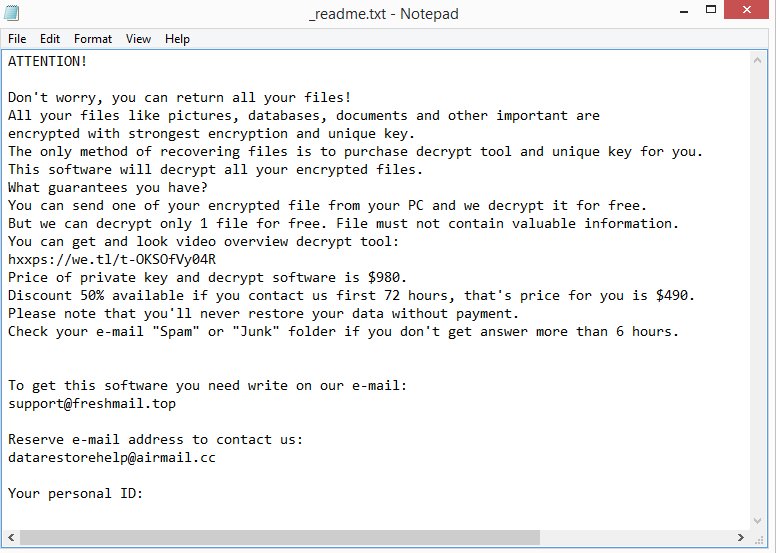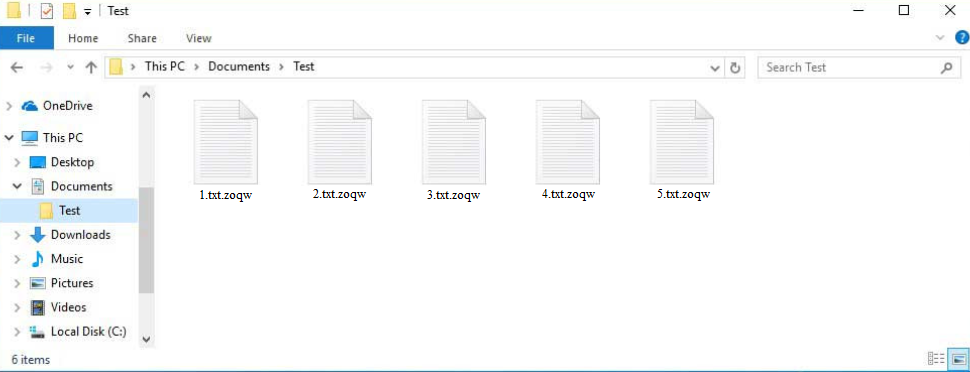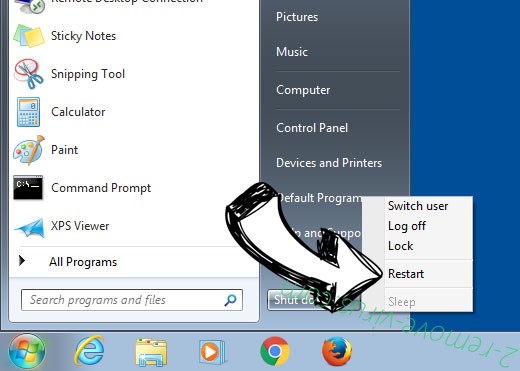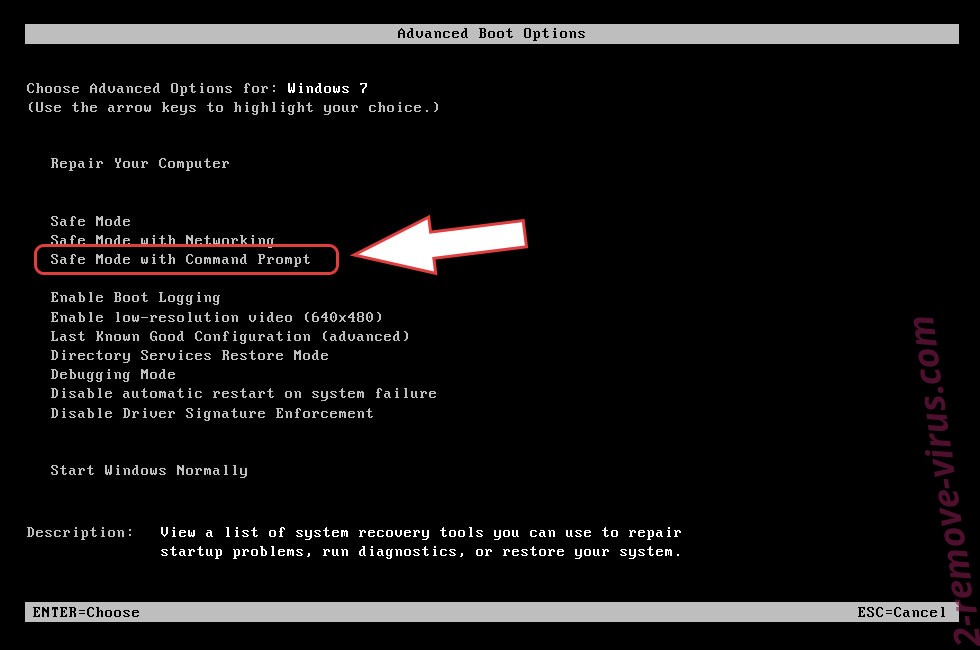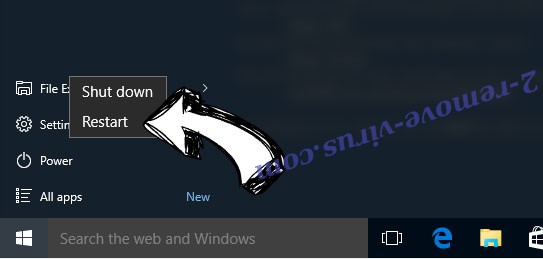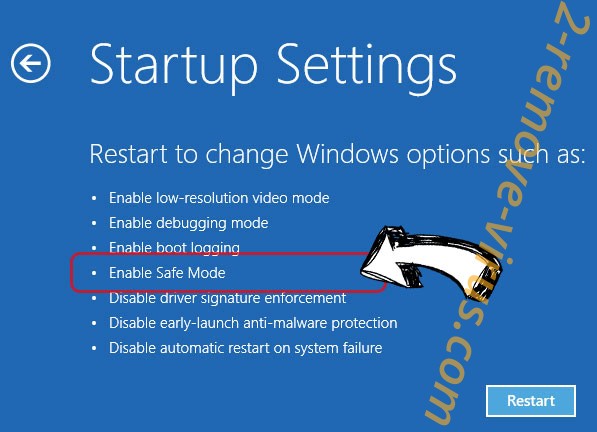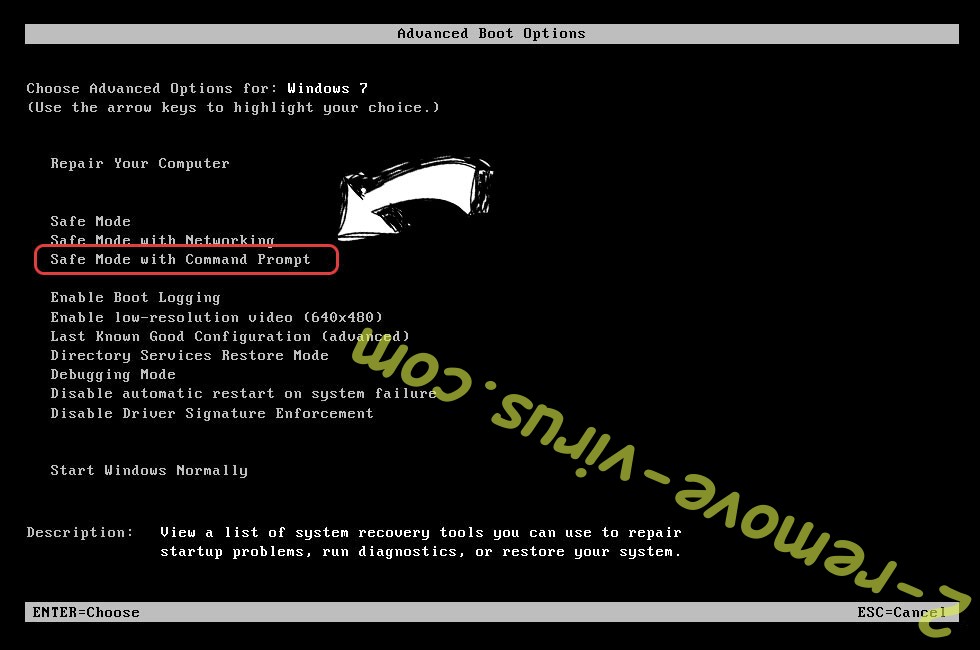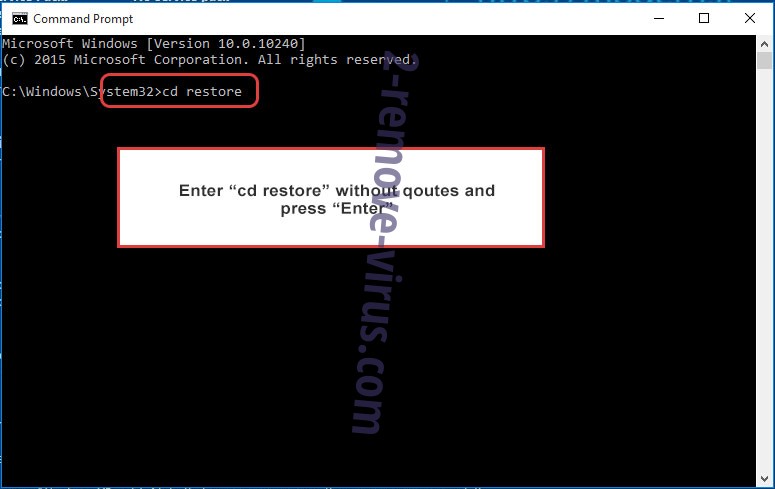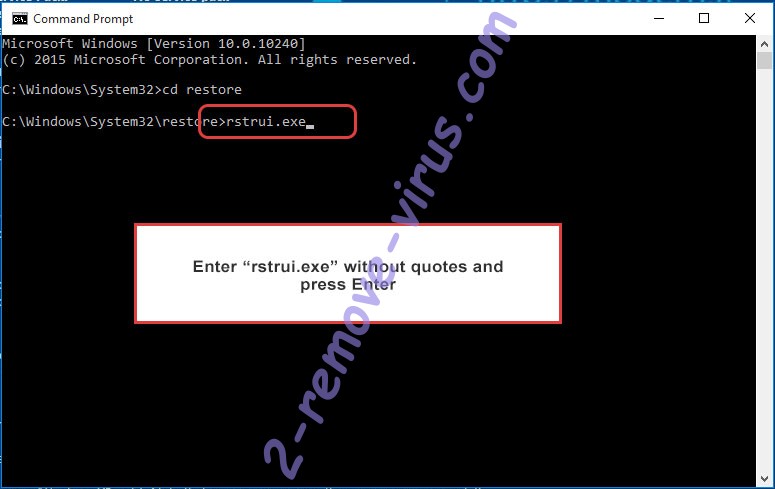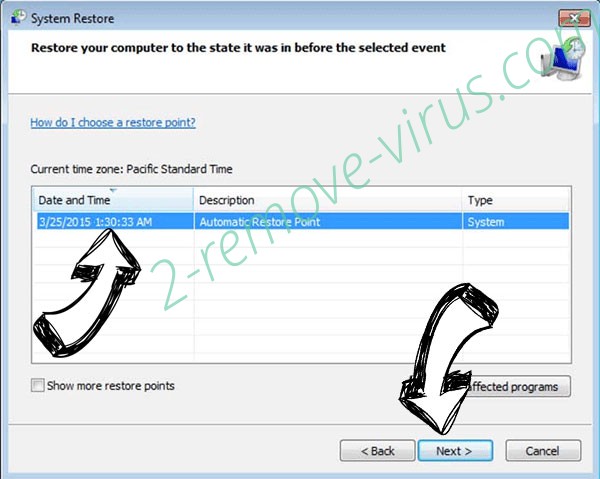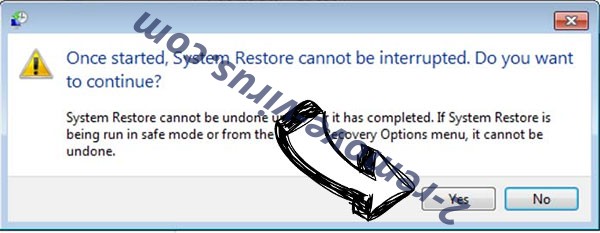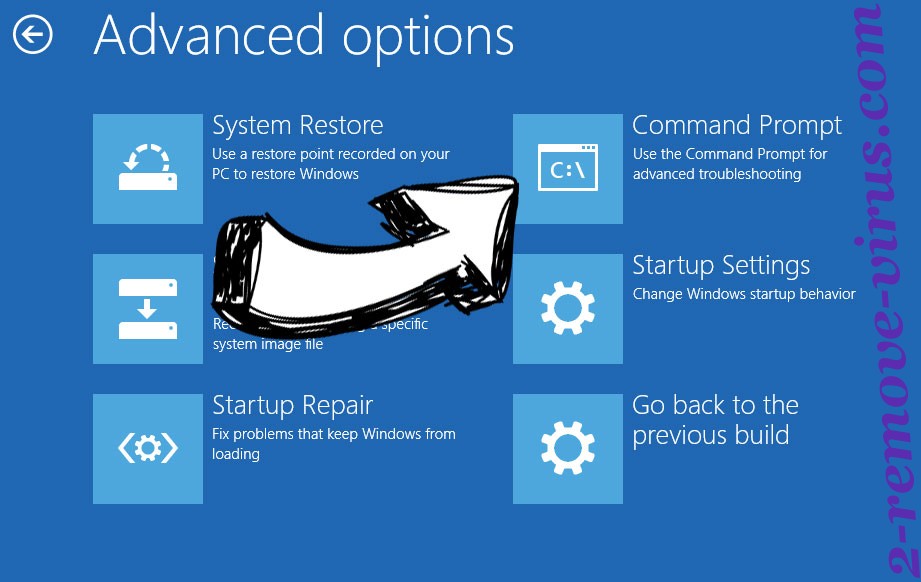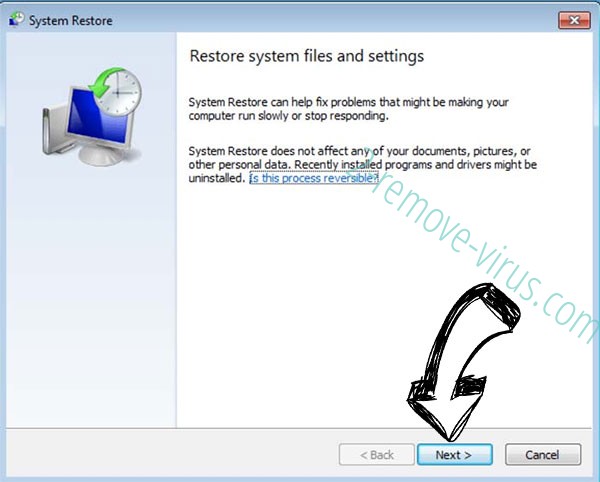Zoqw ransomware is a file-encrypting malware from the Djvu/STOP ransomware family. The cybercriminals operating this ransomware family release new versions on a regular basis. The versions can be differentiated by the extensions they add to encrypted files. This particular one adds .zoqw, hence why it’s known as Zoqw ransomware. Unfortunately, files with the .zoqw extension will not be openable unless you first use a decryptor on them. But getting the decryptor will prove to be difficult because only the cybercriminals have it. At this moment, the only victims who can recover files for free are the ones who have a backup of their files.
All ransomware versions from the Djvu/STOP family, including Zoqw ransomware, are more or less the same. The cybercriminals behind this ransomware have already released hundreds of ransomware versions, which have infected thousands of people. The extensions that the ransomware versions add to encrypted files can be used to differentiate between them. This malware adds .zoqw. For example, text.txt would become text.txt.zoqw if encrypted.
As you have probably already realized, none of the files with this extension can be opened. You will lose access to basically all of your personal files because this ransomware targets photos, videos, and documents, among other file types. The cybercriminals operating the malware will try to sell you the decryptor but paying comes with many risks.
While the ransomware is encrypting your files, it will show a fake Windows update alert to distract you. Once it’s done, it will drop a _readme.txt ransom note in all folders that have encrypted files. The note is practically identical to every other ransom note left by malware in this family. It explains that you need to pay a ransom to get the decryptor. The current ransom price is $980. However, the note does mention that users will get a 50% discount if they get in touch with the cybercriminals within the first 72 hours. It’s debatable whether that is true, but there are several risks associated with paying.
The most important thing to mention is that you are dealing with cyber criminals and that there are no assurances that you will actually get the decryptor. It’s unlikely that the crooks behind this ransomware will feel any need to assist you. In the past, countless victims did not get their decryptors. But whether you want to pay or not is entirely up to you. It’s also important to note that victims’ continued payment of the ransom is one of the factors contributing to ransomware’s prevalence. Furthermore, the ransom money goes towards future criminal activities.
File recovery shouldn’t be a problem for those who have backups. However, before accessing their backup, users must first remove Zoqw ransomware from their computers. When a backup is accessed while the ransomware is still active, the backed-up files are also encrypted. Files would be irreversibly lost if that happened. The safest and simplest way to get rid of Zoqw ransomware is to use anti-malware software, which is what we strongly recommend doing. This will guarantee that your machine sustains no more harm and that the infection is completely removed.
Unfortunately, your options are very limited if you don’t have a backup. Waiting for a free Zoqw ransomware decryptor to be released is the only option. Because this ransomware uses online keys to encrypt files, there is presently no free decryptor available. Online keys mean that each victim has a unique key. Malware researchers won’t be able to develop a functioning decryptor that could open encrypted files for all victims without those keys. But it’s not impossible that the hackers themselves may eventually release the keys. This has happened in the past with other malware families. We strongly advise creating a backup of your encrypted files while you wait for a free Zoqw ransomware decryptor to appear on NoMoreRansom.
How is ransomware distributed?
One of the most popular methods that cybercriminals use to distribute malware is email attachments. Cybercriminals only need to buy leaked email addresses from hacker forums, write a somewhat plausible email, and attach a malicious file to it. All in all, it’s a pretty low-effort distribution method. Users’ computers become infected as soon as the malicious file is opened. However, if users do not interact with those emails, they are not dangerous.
Fortunately for users, malicious emails are generally easy to identify, unless they target someone specific. The emails frequently have many grammar and spelling mistakes. You will rarely see mistakes in emails sent by legitimate businesses because that would look unprofessional. And when malicious senders pretend to be emailing on behalf of some businesses, the grammar/spelling mistakes immediately give them away.
Another red flag is when someone who ought to know your name addresses you using terms like “User,” “Member,” or “Customer.” The fact that emails from senders whose services you use always address you by name is probably something you’ve previously noticed. It’s always recommended to examine any email attachments with an anti-malware program or a service like VirusTotal before opening them because in some circumstances the emails may be far more sophisticated.
Torrents are also used to distribute malware. Many torrent users are already aware of this since it is not a secret but due to the infamously lax moderation of torrent sites, cybercriminals can easily post malicious torrents. It’s most common to find malware in torrents for well-known movies, video games, TV shows, software, etc. We highly recommend against using torrents to pirate because it endangers their computers and data. It’s also essentially content theft.
How to delete Zoqw ransomware
Anti-malware software should be used to remove Zoqw ransomware from your computer. Avoid attempting to remove the ransomware manually since you risk doing more harm or just partially removing it. And keep in mind that your backed-up files would be encrypted if you tried to access them while the ransomware was still active on your computer.
Therefore, use anti-malware software. You can safely access your backup and start the file recovery process once the computer has been cleaned of ransomware.
How is Zoqw ransomware detected:
- Win32:BotX-gen [Trj] by Avast/AVG
- Gen:Heur.Mint.Zard.52 by BitDefender
- Artemis!BD1436B16AF0 by McAfee
- Trojan:Win32/Sabsik.FL.B!ml by Microsoft
- Ransom.Win32.STOP.SMYXCLZZ.hp by TrendMicro
- A Variant Of Win32/Kryptik.HSFY by ESET
- UDS:DangerousObject.Multi.Generic by Kaspersky
- Trojan.MalPack.GS by Malwarebytes
- Gen:Heur.Mint.Zard.52 (B) by Emsisoft
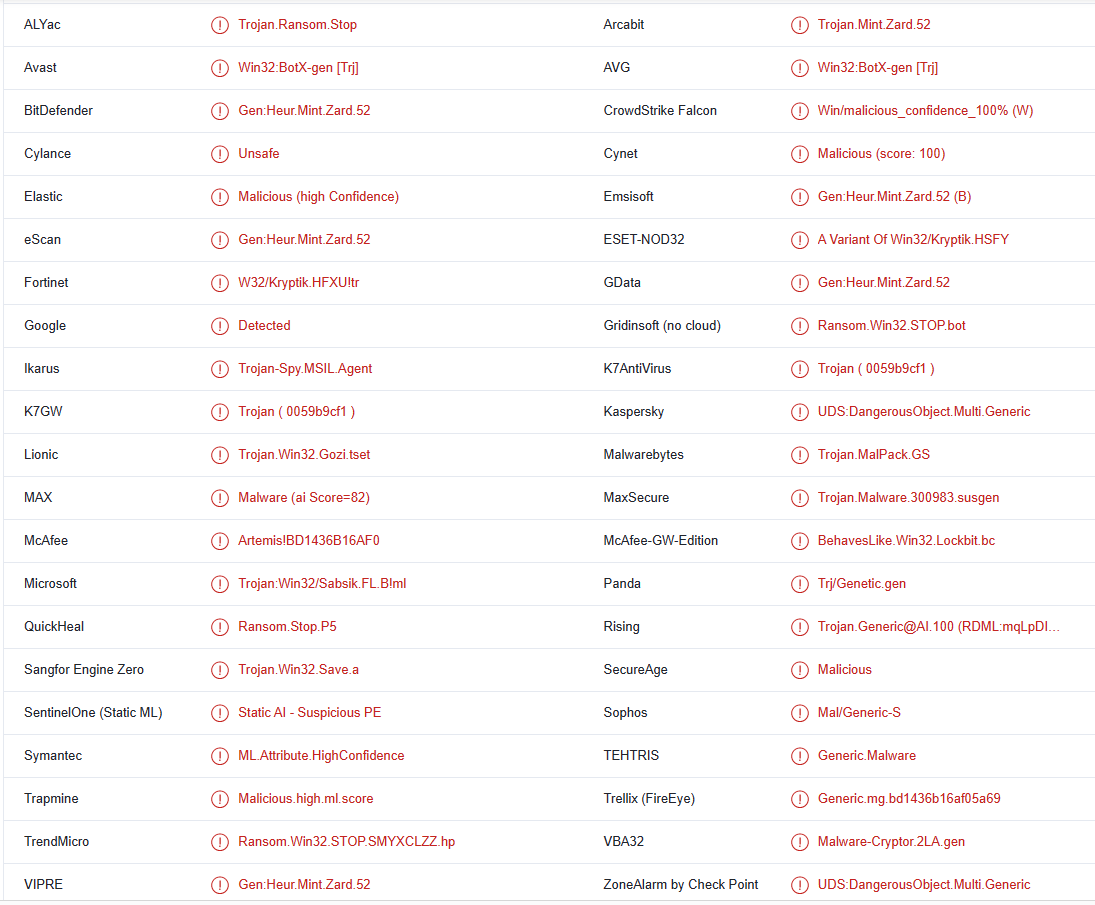
Quick Menu
Step 1. Delete Zoqw ransomware using Safe Mode with Networking.
Remove Zoqw ransomware from Windows 7/Windows Vista/Windows XP
- Click on Start and select Shutdown.
- Choose Restart and click OK.

- Start tapping F8 when your PC starts loading.
- Under Advanced Boot Options, choose Safe Mode with Networking.

- Open your browser and download the anti-malware utility.
- Use the utility to remove Zoqw ransomware
Remove Zoqw ransomware from Windows 8/Windows 10
- On the Windows login screen, press the Power button.
- Tap and hold Shift and select Restart.

- Go to Troubleshoot → Advanced options → Start Settings.
- Choose Enable Safe Mode or Safe Mode with Networking under Startup Settings.

- Click Restart.
- Open your web browser and download the malware remover.
- Use the software to delete Zoqw ransomware
Step 2. Restore Your Files using System Restore
Delete Zoqw ransomware from Windows 7/Windows Vista/Windows XP
- Click Start and choose Shutdown.
- Select Restart and OK

- When your PC starts loading, press F8 repeatedly to open Advanced Boot Options
- Choose Command Prompt from the list.

- Type in cd restore and tap Enter.

- Type in rstrui.exe and press Enter.

- Click Next in the new window and select the restore point prior to the infection.

- Click Next again and click Yes to begin the system restore.

Delete Zoqw ransomware from Windows 8/Windows 10
- Click the Power button on the Windows login screen.
- Press and hold Shift and click Restart.

- Choose Troubleshoot and go to Advanced options.
- Select Command Prompt and click Restart.

- In Command Prompt, input cd restore and tap Enter.

- Type in rstrui.exe and tap Enter again.

- Click Next in the new System Restore window.

- Choose the restore point prior to the infection.

- Click Next and then click Yes to restore your system.

Offers
Download Removal Toolto scan for Zoqw ransomwareUse our recommended removal tool to scan for Zoqw ransomware. Trial version of provides detection of computer threats like Zoqw ransomware and assists in its removal for FREE. You can delete detected registry entries, files and processes yourself or purchase a full version.
More information about SpyWarrior and Uninstall Instructions. Please review SpyWarrior EULA and Privacy Policy. SpyWarrior scanner is free. If it detects a malware, purchase its full version to remove it.

WiperSoft Review Details WiperSoft (www.wipersoft.com) is a security tool that provides real-time security from potential threats. Nowadays, many users tend to download free software from the Intern ...
Download|more


Is MacKeeper a virus? MacKeeper is not a virus, nor is it a scam. While there are various opinions about the program on the Internet, a lot of the people who so notoriously hate the program have neve ...
Download|more


While the creators of MalwareBytes anti-malware have not been in this business for long time, they make up for it with their enthusiastic approach. Statistic from such websites like CNET shows that th ...
Download|more
Site Disclaimer
2-remove-virus.com is not sponsored, owned, affiliated, or linked to malware developers or distributors that are referenced in this article. The article does not promote or endorse any type of malware. We aim at providing useful information that will help computer users to detect and eliminate the unwanted malicious programs from their computers. This can be done manually by following the instructions presented in the article or automatically by implementing the suggested anti-malware tools.
The article is only meant to be used for educational purposes. If you follow the instructions given in the article, you agree to be contracted by the disclaimer. We do not guarantee that the artcile will present you with a solution that removes the malign threats completely. Malware changes constantly, which is why, in some cases, it may be difficult to clean the computer fully by using only the manual removal instructions.
